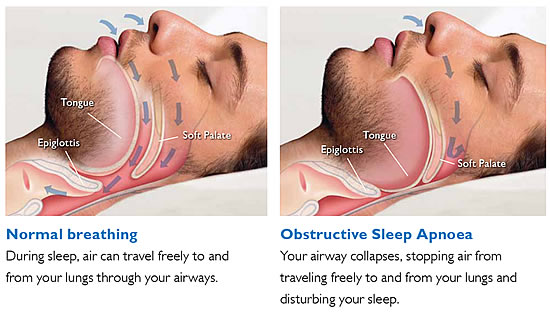- Home
-
Topics
-
 Pathophysiology
Pathophysiology
-
 Treatment & Management
Treatment & Management
-
 Exercise
Exercise
- Physical activity and exercise training principles
- Exercise Training Models
- Physical activity and exercise assessment
- Safety Considerations
- Exercise Capacity and Functional Testing
- Exercise Prescription
- Exercise Considerations Following a Recent Cardiac Event
- Exercise Following Cardiac Interventions and Surgery
- Exercise Monitoring
- Exercise considerations for common comorbidities
- Promoting physical activity adherence
-
 Medications
Medications
-
 Psychosocial Issues
Psychosocial Issues
-
 Patient Education
Patient Education
-
 Behaviour Change
Behaviour Change
-
 Clinical Indicators
Clinical Indicators
-
- Resources
- Videos
- Calculators
- Patient Information
- Home
-
Topics
-
 Pathophysiology
Pathophysiology
-
 Treatment & Management
Treatment & Management
-
 Exercise
Exercise
- Physical activity and exercise training principles
- Exercise Training Models
- Physical activity and exercise assessment
- Safety Considerations
- Exercise Capacity and Functional Testing
- Exercise Prescription
- Exercise Considerations Following a Recent Cardiac Event
- Exercise Following Cardiac Interventions and Surgery
- Exercise Monitoring
- Exercise considerations for common comorbidities
- Promoting physical activity adherence
-
 Medications
Medications
-
 Psychosocial Issues
Psychosocial Issues
-
 Patient Education
Patient Education
-
 Behaviour Change
Behaviour Change
-
 Clinical Indicators
Clinical Indicators
-
- Resources
- Videos
- Calculators
- Patient Information
- Home
-
Topics
-
 Pathophysiology
Pathophysiology
-
 Treatment & Management
Treatment & Management
-
 Exercise
Exercise
- Physical activity and exercise training principles
- Exercise Training Models
- Physical activity and exercise assessment
- Safety Considerations
- Exercise Capacity and Functional Testing
- Exercise Prescription
- Exercise Considerations Following a Recent Cardiac Event
- Exercise Following Cardiac Interventions and Surgery
- Exercise Monitoring
- Exercise considerations for common comorbidities
- Promoting physical activity adherence
-
 Medications
Medications
-
 Psychosocial Issues
Psychosocial Issues
-
 Patient Education
Patient Education
-
 Behaviour Change
Behaviour Change
-
 Clinical Indicators
Clinical Indicators
-
- Resources
- Videos
- Calculators
- Patient Information


